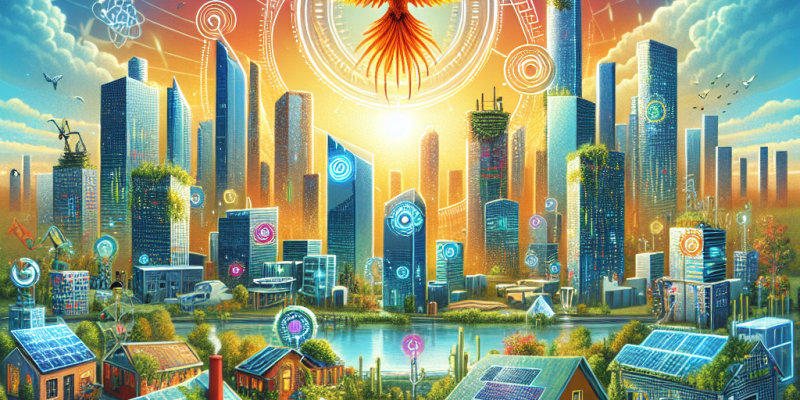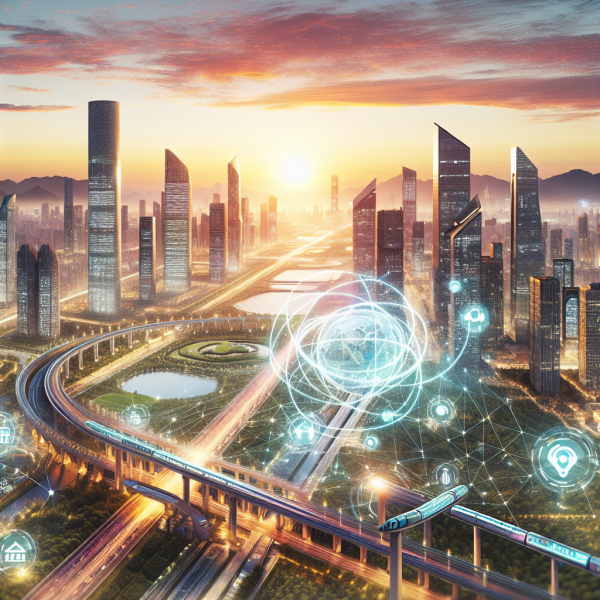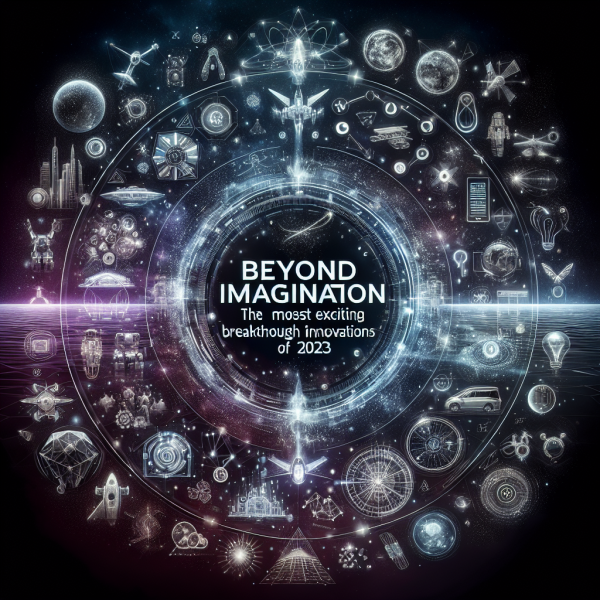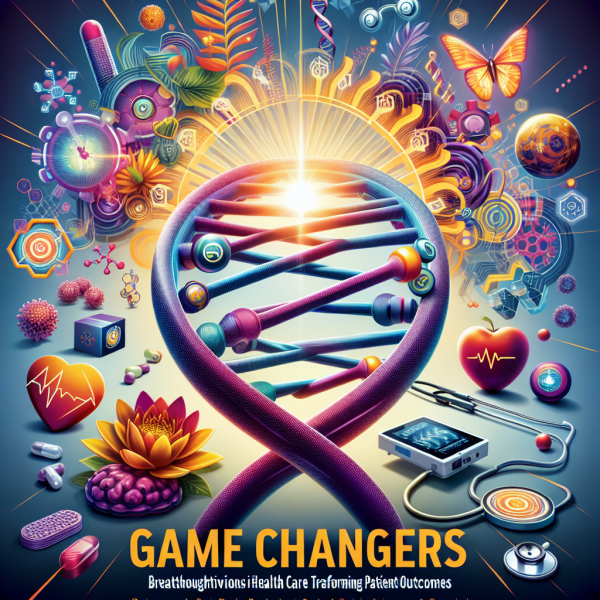Sector Resilience: How Industries Are Adapting to Post-Pandemic Realities

The COVID-19 pandemic was a seismic event that reshaped the global landscape in unprecedented ways. Industries of every stripe were hit hard, facing challenges from supply chain disruptions to shifts in consumer behavior. However, as we move into a post-pandemic world, resilience has become the defining characteristic of companies navigating these turbulent waters. This article explores how various sectors are adapting and evolving in response to new realities, showcasing innovation, flexibility, and a renewed focus on sustainability.
Home and Remote Work: A New Normal for the Corporate World
The shift to remote work was one of the most pronounced changes during the pandemic. Many companies found that their employees could work effectively from home, sparking a conversation about the future of the workplace. Organizations like Twitter and Slack have embraced a hybrid work model, allowing employees the flexibility to choose where they work.
Tools such as Zoom, Microsoft Teams, and Asana have become staples of corporate communication, facilitating collaboration across distances. The emphasis on employee well-being has gained traction, with companies investing in mental health resources and flexible work hours. This evolution reflects a broader recognition that a satisfied workforce contributes to productivity and innovation.
Retail: From Brick-and-Mortar to E-Commerce Powerhouses
The pandemic accelerated the decline of traditional brick-and-mortar stores and catalyzed a massive shift toward e-commerce. Retailers that previously relied solely on physical stores have had to pivot quickly, embracing online sales as a primary revenue stream. Widespread adoption of online shopping has transformed retail strategies, with companies such as Walmart, Target, and even luxury brands rapidly enhancing their digital platforms.
Additionally, the integration of augmented reality (AR) and artificial intelligence (AI) has provided consumers with immersive shopping experiences, allowing virtual try-ons and personalized recommendations. Omni-channel marketing strategies have become essential, as retailers learn to leverage both online and offline channels to meet diverse consumer preferences.
Healthcare: Telemedicine and Digital Health Innovations
The pandemic exposed vulnerabilities in healthcare systems worldwide, leading to a swift embrace of telemedicine and digital health technologies. Patients faced barriers to in-person visits, and healthcare providers rapidly adapted to deliver care remotely. Telehealth services expanded access to care, reducing the burden on physical facilities while providing essential services to patients from the comfort of their homes.
Beyond telemedicine, healthcare innovation has surged, with the development of health apps, wearable technology, and data analytics driving personalized medicine and preventative care. The focus on mental health support has also gained momentum, prompting organizations to implement integrated care models that address both physical and emotional well-being.
Education: A Shift Toward EdTech Solutions
The education sector underwent a profound transformation, moving abruptly from in-person classes to online learning. This transition revealed both the potential and challenges of educational technology (EdTech). Schools and universities quickly adopted platforms like Zoom, Google Classroom, and various learning management systems to stay connected with students.
As a result, educational institutions are now re-evaluating their teaching methods and integrating technology into the classroom on a more permanent basis. Blended learning models, which combine in-person and online instruction, are becoming increasingly popular. Moreover, greater accessibility to online courses has opened up opportunities for lifelong learning, enabling learners around the globe to access quality education irrespective of geography.
Food and Beverage: Embracing Sustainability and Local Sourcing
The food and beverage industry faced numerous challenges during the pandemic, from supply chain disruptions to changing consumer preferences. In response, many businesses are prioritizing sustainability and local sourcing. This shift reflects a broader desire among consumers for transparency, quality, and environmentally friendly practices.
Farm-to-table initiatives have gained traction as consumers increasingly seek fresh, locally sourced ingredients. Brands are exploring innovative packaging solutions, reducing waste, and emphasizing plant-based options to meet demand. Additionally, restaurants have adapted their business models, looking to direct-to-consumer delivery services and meal kits to cater to new consumer habits.
Manufacturing: Resilience Through Technology
The pandemic underscored the vulnerability of global supply chains and prompted many manufacturers to reassess their operational strategies. Resilience has become a key focus, leading companies to invest in automation, robotics, and real-time data analytics. These technologies not only enhance efficiency but also improve flexibility, allowing companies to respond more swiftly to market changes.
Moreover, reshoring—bringing manufacturing back to domestic soil—has gained momentum as companies seek to reduce dependency on international suppliers and mitigate risks. Emphasis on sustainable manufacturing practices is also on the rise, with companies striving to minimize their environmental footprint while maintaining profitability.
Conclusion: Building a Resilient Future
The challenges posed by the COVID-19 pandemic have forced industries to adapt and innovate in ways that may have otherwise taken years to develop. While the road ahead remains uncertain, the resilience exhibited by various sectors serves as a testament to human ingenuity and adaptability.
In this new era, organizations must prioritize flexibility, embrace technology, and foster sustainable practices if they wish to thrive. As industries navigate the complex landscape ahead, it is clear that resilience will be a defining theme in their ongoing journey toward recovery and growth.














